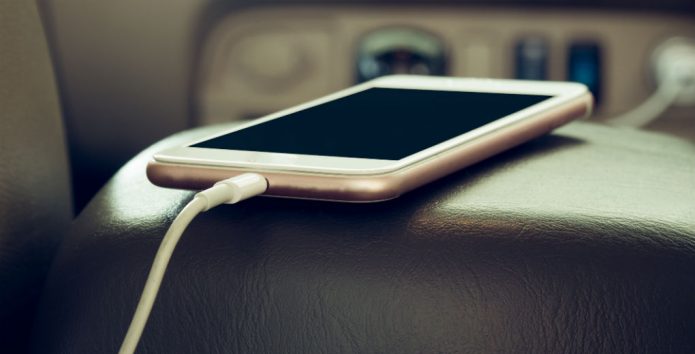Look on eBay and you can buy apparently by a Samsung charger for just over £1. This seems too good to be true given they’re listed elsewhere for just under £25, because it is.
Fake phone chargers are easy and cheap to get hold of. The trade off is that 99% of those sold online failed a basic safety test in an experiment carried out by the Chartered Trading Standards Institute.
What does this mean for you? The risk of damage to your phone, electrocution, burns and house fires, warned the London Fire Brigade.
They released a report around the dangers of counterfeit chargers after an investigation highlighted some potentially deadly faults.
“I was shocked at how potentially dangerous these chargers are,” fire investigator Andrew Vaughan–Davies said.
“There have been some near misses in the last few months and, unless people stop buying them, it’s only a matter of time before we are called to a fatal fire.
“For the sake of saving a few pounds is it worth putting the lives of your family at risk and taking the chance of potentially destroying your home?”
Telling the difference between a real and a fake charger
The best way to avoid a fake and potentially dangerous charger in the first place is to only buy from reputable sellers. This might be the phone manufacturer, either online or on the high street.
If you buy a charger online and you’re not sure either way, there are a few things you can look out for when it’s in your possession:
- Safety mark – This is a circular logo with the words “safety mark” next to it. If this absent, or “safety” is spelt wrong, send it back.
- Manufacturer marks – If your charger comes from the manufacturer, new or second hand, it should have their logo and model number on it as well as the CE safety mark. However, it’s worth noting that this can be easily forged, so don’t rely on this entirely.
- Weight – Wall adapters on genuine chargers should weigh at least 40g, which is heavier than a fake due to more components. If you’re out and about with no access to scales, this is slightly more than the weight of four pound coins.
- USB port – This might be upside down or on the side as opposed to on the base of the charger, depending on what brand of phone you have. If you’re not sure, look up where a port sits and which way round on a genuine charger.
- Instructions – If you’ve bought a genuine charger online or in store, expect it to find instructions and safety advice with it.

